What is powdery mildew and how to deal with it?
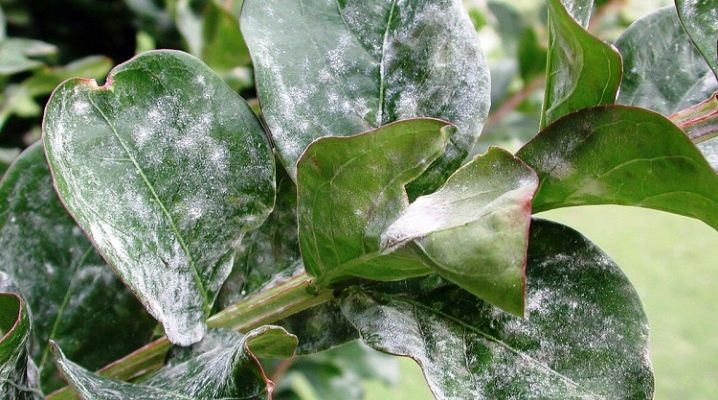
Every gardener-gardener at least once encountered such an unpleasant plant disease as powdery mildew (linen, ash). The appearance of a fungal infection is initiated by small parasites. The fight against them is quite simple, but long and unpleasant.
Infected plants need to be sprayed several times, and sometimes competent processing does not always bring the desired effect immediately. To prevent the occurrence of parasites, preventive measures are taken, using all the available means in the arsenal.
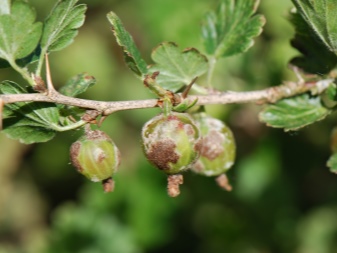
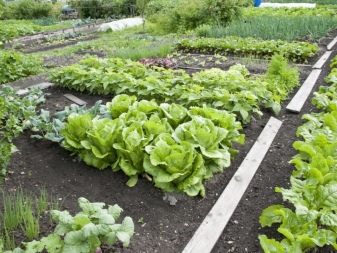
Description
Powdery mildew is a fungal disease that is provoked by erysipheus or powdery mildew fungi from the order of pyrenomycetes that live in the soil. It looks like a white powdery coating on visible parts of vegetation. Most crops are affected by this disease. - it is found on raspberries, strawberries, oak, maple, barberry, gooseberry, honeysuckle, cereals, peach, pepper, pumpkin and sugar beet and other crops.
Moreover, the signs of the disease in any plant are the same, but the phytopathogens are different. For example, American powdery mildew, which affects gooseberries, peaches and roses, is caused by 3 different spherothemas.
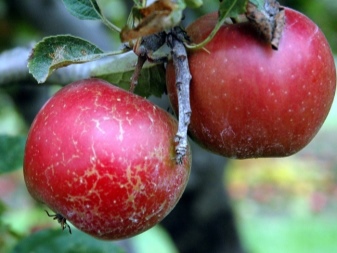

Reasons for development
In the mechanism of the development of the disease with ash faces, conditions that promote the activation of ascospores and conidia are of great importance. The most common reasons are:
- fallen leaves not harvested in autumn - they contain spores of fungi that successfully tolerate the winter cold;
- abundant watering or, on the contrary, absolute drying up of the earth;
- lack of calcium, excess nitrogen in the earth;
- deep pruning of a shrub or tree, when more than one third of the biomass is harvested, which reduces their immunity;
- planting plants too close to each other, as a result of which the ventilation of the crown is disrupted;
- damage by parasites (aphids, whitefly, felt, spider mite);
- sudden jumps in temperature (for example, it is cold at night and hot during the day);
- high atmospheric humidity (more than 60%) in synthesis with heat (17-25 ° С) - such conditions are natural (due to prolonged rains and further heat) and artificial (in greenhouses);
- lack of sunlight for a long time.
In addition, infection occurs when spores are moved through the wind, insects, animals, birds, touching with hands, water, garden tools from an infected crop to a healthy one.

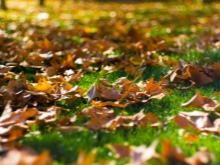
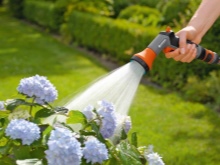
Overview of drugs for the fight
Chemical
To get rid of the pathogen, they practice fungicides - chemical preparations of a complex spectrum of action or all kinds of recipes for folk remedies.
Let's talk about the variety of chemical compounds that can eliminate the parasite.
- "Acrobat MC". Water-soluble granules containing ditan M-45 and dimethomorph. This combination guarantees the best antifungal treatment by free penetration into plant tissues. The package contains 20 g of the drug, it is dissolved in 5 liters of water. Secondary spray after 2-3 weeks. Processing is carried out before the flowering of vegetable crops. Non-food crops can be treated at any time.
- Amistar Extra. Includes 2 active substances - azoxystrobin and cyproconazole. The first is curative.It blocks the breathing of the causative agent of the infection, thus destroying the source of the disease. The second is prophylactic, rapidly enters plant tissues and, circulating inside them, together with juices, provides protection. Produced in liquid form, sprayed over plants. The chemical is diluted in water in a 1/2: 1 ratio. The procedure is repeated after 15 days. Cereals are processed to enhance immunity and increase resistance to negative conditions, gardeners practice to protect flower beds from fungus.
- Bordeaux liquid. One of the oldest substances used to fight fungi. The package contains 2 dry components (copper sulfate and hydrated lime), which should be diluted in water before use. The processing is carried out after the end of the reaction after mixing. During the synthesis of active ingredients, a large amount of heat is released, which can harm the human skin.
- Copper sulfate. The blue powder, dissolved in liquid, is medicinal, kills the pathogenic fungal flora. The drug is harmless, since it does not penetrate deep into plant tissues, it is suitable for spraying fruit crops. Processing is carried out in spring and autumn, when there is no foliage. The main thing is to strictly adhere to the dosage of the drug.
- "Topaz". The active substance of the drug is penconazole. Suitable for spraying garden and indoor vegetation. It is especially effective in the fight against ashes. It is practiced for prophylaxis by spraying plantings at the stage of the initial growing season. For processing, a small dose of the drug is required. One ampoule for 10 liters of liquid for garden plants and the same dose for 5 liters for indoor flowers. The treatment is carried out in dry, calm weather, so that the preparation penetrates into plant tissues.
- Fundazol. The basis of the preparation is benomyl powder. The substance copes well with fungi and certain species of aphids, ticks. Spraying is done once and protects the plants for 7 days. The main thing is to observe the dose of the solution to improve performance. The effectiveness of chemicals is great and has a number of additional properties, but there is a share of the risk of toxic components entering food. Because of this, most gardeners choose other means of fighting the parasite.
- "Trichopolus". The use of "Trichopolum" for vegetation allows you to make absolutely safe preventive treatment of plantings. Moreover, the cost of the event is very small. This remedy is antifungal and allows you to overcome formidable diseases. There is another prototype on sale - "Metronidazole". It is cheaper than Trichopolum and is in great demand among thrifty gardeners. They practice the preparation for processing vegetables in greenhouses and open field, several times per season. Spraying is done for prevention and during the onset of late blight spread. The main thing is to process it before the disease affects the fruit.
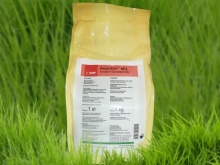

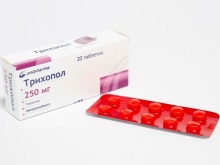
Biological
Today's agro-industry can offer gardeners and gardeners preparations based on microorganisms. It is also a way to destroy the laundry on plants. Among the most effective can be noted "Pseudobacterin-2", "Alirin-B", "Planriz" and "Gamair". "Fitosporin" can be used for prophylaxis. Biologics are good because they are ordinary bacteria that suppress the formation of pathogenic microflora. They are safe for humans and can be applied during flowering.
The disadvantage of such substances is that they act only under warm weather conditions. In other words, they cannot be used in early spring and late autumn.


Effective folk remedies
It must be said right away: folk remedies for ashtrays are effective in the form of prevention or at the initial stage of the spread of the disease. When the destructive process began more than 5-7 days ago, it is no longer effective to fight in this way.It may be possible to postpone the development of the disease, but not completely destroy it.
Consider the most popular and effective folk remedies for ashtrays.
- Soda ash and soap. In 5 liters of hot water, 25 g of soda are diluted, 5 grams of liquid soap are mixed in. Plants and the top layer of the earth are treated with a chilled mixture 2-3 times with a pause of 7 days.
- Sodium bicarbonate and soap. In 4 liters of water, 1 tbsp is diluted. l. sodium bicarbonate and 1/2 tsp. liquid soap. Processing is carried out 2-3 times with an interval of 6-7 days.
- Potassium permanganate solution. In 10 liters of water, 2.5 g of potassium permanganate are diluted, used 2-3 times with a break of 5 days.
- Serum solution. The serum is diluted with water 1: 10. The resulting solution forms a film on the leaves and stems, which complicates the respiration of the mycelium. Meanwhile, the plant itself receives additional nutrition with useful elements and becomes healthy. Spraying with a solution is carried out in dry weather, at least 3 times with a break of 3 days.
- Horsetail decoction. One hundred grams of grass (fresh) is poured with 1 liter of water, kept for 24 hours. Then boil for 1-2 hours. Filtered, cooled, diluted with water in a ratio of 1: 5 and treated with shrubs. The broth can be kept in a cool dark place for no more than 7 days. Treatment can be done continuously to prevent ashtrays in spring and summer. In the fight against an already existing disease (in the stage of formation), 3-4-time treatment with a time interval of once every 5 days is effective.
- Copper-soap mixture. This tool is characterized by an increased degree of effectiveness, due to the inclusion in the composition of the popular fungicidal substance - copper sulfate. In a glass (250 ml) of hot water, dissolve 5 g of copper sulfate. Additionally, 50 g of soap is diluted in 5 liters of warm water. Then the mixture with vitriol is gently introduced into the soap solution with a thin stream and with frequent stirring. Plants are treated with the prepared composition 2-3 times with an interval of 6-7 days.
- Dry mustard solution. In 10 liters of hot water, add 1-2 tbsp. l. mustard. The resulting solution is suitable for both spraying and irrigation.
- Ash plus soap. In 10 liters of heated (30-40 ° C) water, 1 kg of ash is diluted. The solution is allowed to settle, stirring constantly, for about 3-7 days. Then the liquid (without ash) is poured into a clean container, a little liquid soap is added, poured into the sprayer, and the treatment is performed. Plants are treated daily or every other day 3 times.
- Infusion of humus (preferably cow). Pour humus water in a ratio of 1: 3, let it brew for 3 days. Then the concentrate is diluted 2 times with water, and the shrubs are treated.
- Infusion of garlic. A liter of water is poured into 25 g of chopped garlic, insisted for one day, filtered, the plants are processed.
- Iodine. A solution of 1 ml of iodine and 1 liter of whey or skim milk per 9 liters of liquid (you can add 1 tablespoon of liquid soap to the composition). Treatment can be carried out every 2 weeks until the absolute disappearance of the disease.


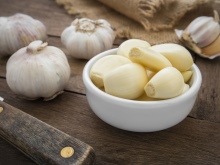
How are vegetables treated?
Ashes can appear on various vegetable crops. Before using chemicals or folk remedies, all unhealthy parts of the plants should be removed, and the earth around, if possible, be dug up. If a white coating has formed on the cucumbers, treating with sulfur powder may help. For every 10 m2, apply from 25 to 30 grams of the drug. An excellent effect is given by spraying with a solution of colloidal sulfur, for the manufacture of which 30 grams of the drug are dissolved in 10 liters of water. A reliable effect can be achieved using modern fungicides - "Topaz" or "Oxyhom", which must be practiced according to the attached instructions.
It is possible to eliminate ashtrays on tomatoes by spraying once every 14 days with a solution of sodium humate. With early symptoms of infection, a 1% solution of "Baktofit" gives a good result, if you spray it with a diseased plant 3 times with an interval of a week.Treatment can be carried out with chemicals such as Strobi, Topaz, Privent or Quadris. To increase the "stickiness" of the solution to the sprayed plant, a small amount of liquid or planed laundry soap is mixed into it. If symptoms of infection on zucchini are detected, the site must be treated with sodium hydrogen phosphate or with Kefalon, Carboran, diluting them according to the instructions. Spraying is done every 7 days.
To destroy the disease on eggplants, you can use a solution of sodium carbonate in a volume of 25 grams per 5 liters of heated water or any of the modern fungicides. It is necessary to perform 4 or 5 sprays with an interval of 10 days. It is possible to fight the washing of potatoes only by destroying the tops of unhealthy plants. For medicinal purposes, potato bushes are treated with a 0.3-0.5% sodium carbonate solution (3-5 grams of sodium carbonate are diluted in 1 liter of water). You can use drugs "Bayleton" and "Azocene", the solution is prepared according to the manufacturer's instructions. During the growing season, when the first signs of ashtrays appear, potatoes are treated with sulfur or its substitutes.
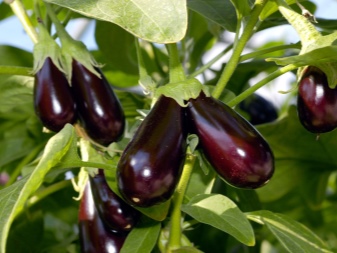
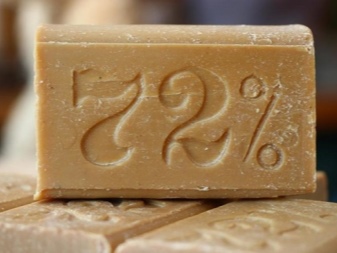
Treating trees and shrubs
The treatment of ashtrays on pears, plums, apricots, apple trees and other fruit trees is considered a very difficult task, since the pathogenic fungus hides in the leaves and can appear for many years. To prevent the occurrence of ash, it is very important to monitor the moisture content of the ground. High humidity levels favor the growth of pathogenic powdery mildew fungi.
- For the healing of apple trees, such methods are practiced.
- It is necessary to start spraying trees with a solution of colloidal sulfur before flowering. The first treatment is performed when buds appear, the next - after the apple trees finish flowering, the last time you need to use the drug 2 weeks after the second spraying.
- After harvesting, it is necessary to spray the trees with 1% Bordeaux liquid or copper sulfate solution. Damaged parts of the apple tree must be cut off and destroyed, for example, burned. And also for the destruction of the disease, specialized preparations (fungicides) have been created: "Skor", "Topaz". When the disease is neglected, trees can be sprayed with the Topaz fungicide - 4 times per season.
- Gooseberry. For the processing of such crops, wood ash, cow dung, kefir, yogurt, milk whey, baking soda or sodium carbonate, as well as a decoction of horsetail or tansy, infusion of rotten hay or onion husks are practiced. The most effective chemicals in the fight against powdery mildew are ammonium nitrate, Trichodermin and Gaupsin. And "Fitosporin" in the treatment of the disease is as effective as in the treatment of late blight.
- Strawberry. For spraying unhealthy plants, a suspension of colloidal sulfur (1%) or "Tiram" is used, as well as preparations such as "Triadimefon", "Switch", "Quadris" or "Benomil", while the treatment is performed after the bushes finish flowering as well as after harvest.
When spraying, try to wet both sides of the leaves.

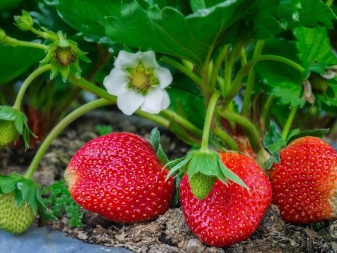
Color processing
Room
At home, plants such as saintpaulia, cissus, begonia, rose, Kalanchoe and gerbera can also become victims of powdery mildew. The causes of the disease are stale humid air, dry earthen mixture, fluctuations in day and night temperatures. Phytopathogens are transferred from an unhealthy plant to a healthy one by insects, by air flow or by contact when the pots are too close. Symptoms (white powdery spots) occur on the buds and on both foliage planes. As soon as you notice them, immediately begin the destruction of the fungus: if you delay with the cure, the ashstone leads to bad results - loss of attractiveness and decay.
A solution of sodium carbonate, potassium permanganate or garlic infusion is practiced to exterminate the causative agents of ashtrays, and in case of severe damage, they resort to spraying room vegetation with chemicals such as "Topaz", "Vectra", "Tiovit Jet", "Vitaros", "Skor", "Hom", "Triadimefon" or "Benomil"... The compositions are prepared exactly according to the instructions. As a preventive measure, it is necessary to apply potassium-phosphorus fertilizers to the soil, observe the water balance and plant hygiene, and also constantly ventilate the rooms.

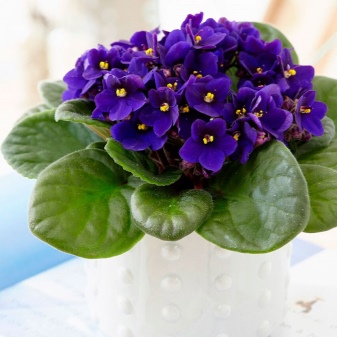
Garden
Ash affects not only fruit trees, shrubs, fruits, berries and vegetables, but also garden flowers. Peonies infected with powdery mildew should be treated with a 0.5% sodium carbonate solution with the addition of laundry soap. 8-10 days after the first spraying, the second should be done. In addition, treatment with a 0.2% solution of "Dichlon" helps in the fight against laundry on a peony.
- Marigold. Milky bloom on flowers means either spider mite infestation or linen. Seedlings can still be saved from disease by treating them with garlic infusion (30 grams of garlic per liter of water). Mature flowers are treated with Bordeaux liquid once every 7 days.
- Roses. At the first signs of an ashtray, start treatment of roses with Fitosporin-M, Maxim, Fundazol or colloidal sulfur. Ashes in autumn and early spring are destroyed with the following solution: 15 g of copper oxychloride, 300 g of green soap and 50 g of sodium carbonate are diluted in 10 liters of water.
- Hydrangeas. To cure the plant, it is treated with "Alirin", "Fitosporin". When the disease has spread strongly, then they are sprayed with "Pure flowers", "Topaz", "Skor". To get rid of powdery mildew, a solution is made from one ampoule (2 ml) of "Topaz" and 10 liters of water.

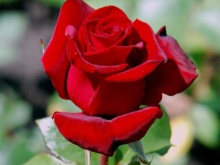
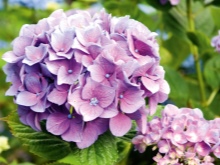
Prevention measures
In order not to waste time, money and effort, it is much easier to prevent the occurrence of powdery mildew on your cultivated plantings. Let's talk about preventive measures that will make it possible to protect vegetation from disease:
- elimination of unhealthy parts of vegetation;
- weeding of weeds;
- compliance with the rules of crop rotation;
- purchase of genetically resistant species and hybrids;
- ensuring normal air access to all parts of the vegetation;
- disinfection of working tools;
- adherence to irrigation and plant feeding regimes;
- performing preventive spraying with fungicides in early spring and late autumn.
Ashtrays spores can live in the soil without showing themselves in any way, up to 10 years, and when they begin to multiply, they do it swiftly and detrimental to the garden. Therefore, the main method that helps in protecting crops is timely and constant prevention of ash and other diseases.
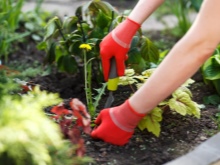
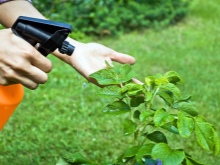














The comment was sent successfully.